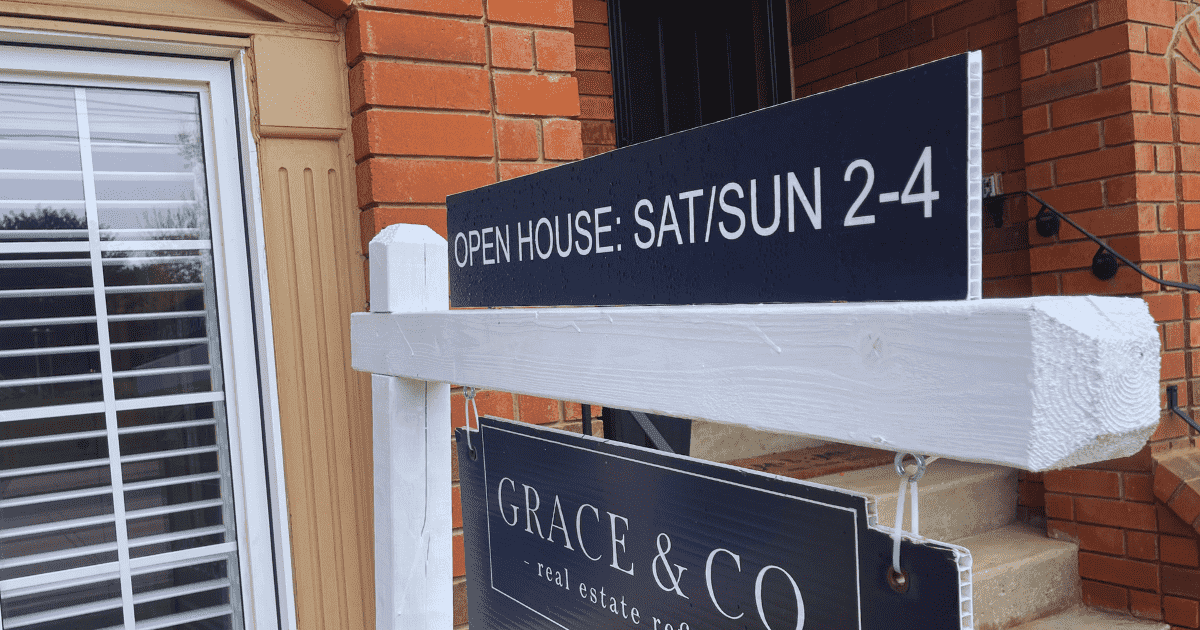
A knotweed plant growing in the lane by house by South Vancouver. Knotweed can grow up to 10 feet. Once grown as a garden shrub, it is now rampant throughout B.C. (Photo: Jean Sorensen)
By Jean Sorensen
Jennifer Grenz, program director for the Invasive Species Council of Metro Vancouver (ISCMV), is sounding the alarm to the real estate and development industry regarding Japanese knotweed.
An imported species once favoured in Victorian gardens for its ability to provide privacy screens, Japanese knotweed has jumped the garden wall in B.C. and is now rampant in lanes, roadways, stream banks, along highways and on private property ranging from city lots to rural acreage. The weed, often called “mock bamboo”, can bust through concrete foundations, asphalt roads and even metal.
Japanese knotweed is now in many B.C. regions, found in six provinces in Canada and 39 of 50 U.S. states and is on the World Conservation Union’s list of 100 worst invasive species.
“We would like to see it on property disclosures,” says Grenz, who says it should rank up there with grow operations in terms of the hidden threats for clients purchasing property or developers hoping to build on a site. As a first step, she is writing a proposal for funding through the Real Estate Foundation of B.C. to develop an on-line training video for real estate agents and developers that will educate them to the potential threat of the weed.
The proposal has received a letter of support from the B.C. Real Estate Association (BCREA). The association wants to prevent knotweed from reaching the levels realized in many European countries. “BCREA is examining how information on invasive species can be included in the next version of the association’s E&O Insurance Legal Update course,” says association policy analyst Norma Miller.
Grenz says liability issues are also becoming an increasing concern. Real estate agents will need to ensure the client buying a home is “investing in something that is not potentially losing value,” she says. If the land is going to be developed, the contractor needs to ensure that the guarantees in place remain intact and are not shattered by a weed bursting through a wall or foundation.
“We are trying to get the word out to the construction industry,” says Grenz, who points to the 2012 London Summer Olympic’s velodrome and aquatic centre site, which was plagued by the invasive species.
In March 2007, the Daily Mail online reported: “Japanese knotweed could add £70 million to the cost of staging the 2012 Olympics. Specialists can charge up to £40,000 to clear only six square yards of ground affected by the weed, which has been called the most invasive plant in Britain.”
The plant was subsequently blamed for part of the cost over-run for the site development, which included demolishing buildings, building tunnels, clearing up contamination and constructing new buildings on the Olympic site housing the aquatic centre and the velodrome.
Clearing sites of the weed is difficult, says Mike Coulthard, environmental consultant and partner in Vancouver’s Diamond Head Consulting, which has tackled government contracts. “We had a test patch where we pulled it twice a year for two years and it still came back,” he says, adding that herbicides are the only ready solution.
The bamboo-like shrub can grow three metres in height and has a root system that can travel down nine metres and laterally 28 metres. It can regenerate from pieces as small as a finger. It has been added to the B.C. Weed Control Act, which means landowners must control the plant.
David Adkins, industry development manager for the B.C. Landscape and Nursery Association, says his members are aware of the knotweed problem and a certified and licensed professional qualified to handle herbicides should do eradication. Even a small piece left behind can “punch out a root” and “off it goes,” he says.
In B.C. the new Port Mann/Highway 1 Project dealt with knotweed. Hatch environmental consultants announced it had been hired by the project to remove knotweed along the 37-km corridor. “Japanese knotweed, recently designated as a noxious weed, resists most non-chemical attempts to eradicate it and is a management challenge,” said a Hatch news release.
In the U.K., Grenz says, insurance companies have refused to provide coverage for building sites known to have knotweed. “I’ve already had a call from one insurance company here,” she says, adding that B.C. is just waking up to the ramifications of the knotweed’s spread.
Grenz said it has a preference for cool, moist areas and is common around riverbanks. That impacts any structures nearby such as bridge supports, commercial operations such as gravel pits where a piece might be in the gravel mix sent to a home, or any nearby buildings. She says the council has held training sessions with bridge inspectors, as it was recently found growing along the base of the Ironworkers Memorial Bridge in Vancouver.
“It is also a concern to people who are buying ranch land,” says Grenz, who owns an organic blueberry farm in the Fraser Valley, because it can erode land values, clog streams and incur a substantial clean-up bill.
“The good news is that regional districts and municipalities are developing active programs” on their lands.
Grenz says municipalities at one time simply mulched the plants when it was found growing along the roadside. “When you shred it you are just turning it into a million new plants,” she says. Also, the machinery used can carry pieces of knotweed to new locations.
For more information visit www.iscmv.ca.
















